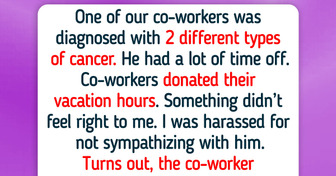I Left My Estate to My Adopted Son, and Now My Biological Kids Are Pleading for a Share

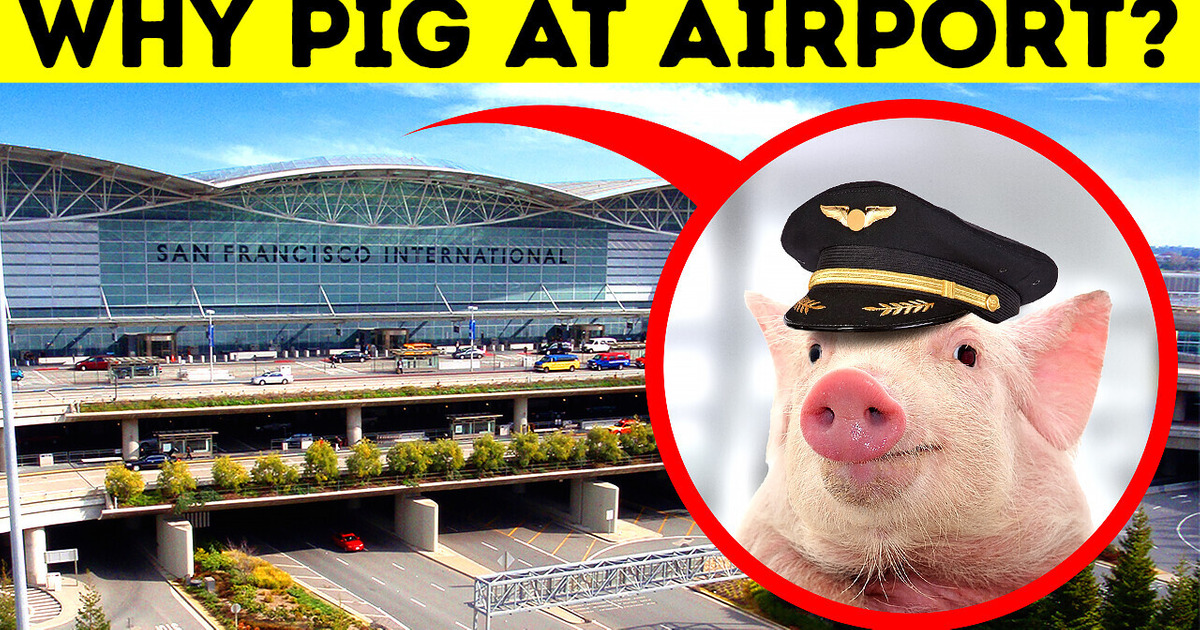
Just 74% of all flights actually arrive on time! Oops. But if you look at any flight information display, everything seems very exact. That’s because airports often adjust arrival timings to make room for delays and present airlines as more punctual than they are.
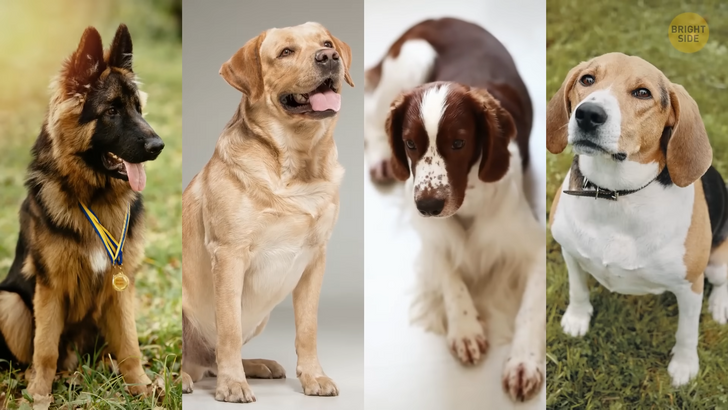
If we think about the skies as a country — sort of — it’s the 159th most populated area. Because at any given time, there are more than 9,000 planes traveling all over the world with 1.2 million people on board. That means there are more people flying at this moment than there are citizens in Cyprus or Fiji!
At one point, almost every piece of luggage at an airport gets checked by a dog. They’re trained to look for dangerous objects. And to do so, they visit all terminals, lockers, and baggage compartments. Because they need to process a lot of information, most airport dogs work 40-minute shifts along with their handlers. So, don’t be surprised if you see different dog breeds sniffing around the airport on your next trip.
The most common airport dogs are Shepherds, Labradors, Springer Spaniels, and Beagles. But you might stumble upon a Chihuahua, too. Not only do these dogs help with airport security, but they can also help the visually impaired, make anxious fliers feel more at ease, and even keep wildlife away from the runway.

San Francisco International Airport got a bit more creative and hired a therapy pig named Lilou to help anxious people. She joined the team to provide assistance to pilots, flight attendants, and airport staff. Did I just say anxious pilots? Yes, I did.
Airline or airport personnel are to blame for half of the lost baggage at airports. But there’s something you can do to decrease your chances of having to buy a new wardrobe once you reach your vacation spot. Make sure you remove all old barcode stickers from your suitcase. Since they’re scanned automatically, an old barcode may send your baggage on the wrong flight, or it might end up in the lost and found department.
What happens to all that lost baggage, though? Airports usually keep it for about 90 days. In the meantime, they put in all the efforts to try and find the owners. If that’s not possible or nobody claims a specific piece of luggage, they either donate it to charity or sell it to auction houses.
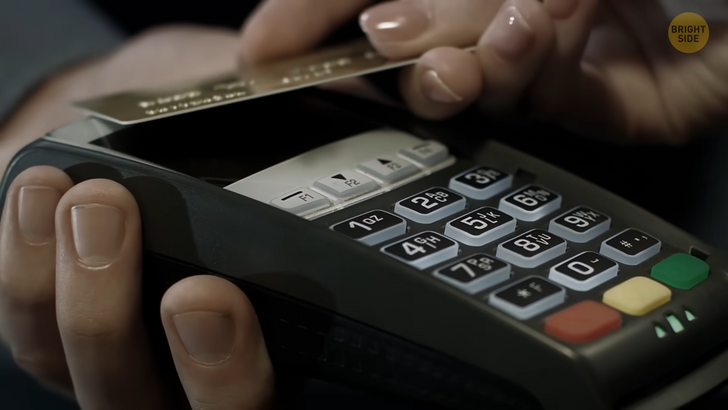
You’re likely to have traveled with someone famous at one point but had no idea! That’s because celebrities follow a different airport protocol to protect their privacy. Famous actors or singers board flights directly through a secret entrance beside the jet bridge. In the US, some airlines can even provide fancy car rides from the terminal building to the plane. It does come at a hefty price: checking in at VIP terminals can cost anywhere from $1,500 to $1,800. This protocol gives passengers access to special security lines, passport control, and lounges.
There are special instruments at airports that can detect your mood. Man, why did I toss that mood ring? Thermal imagers are used to check passengers’ body temperature, which can reveal a lot! For example, if you’re sick or if you’ve had any recent physical activity. But they can also sense when you’re a bit too excited or nervous. If anyone is suspected of being aggressive, they will have to go through a personal search.
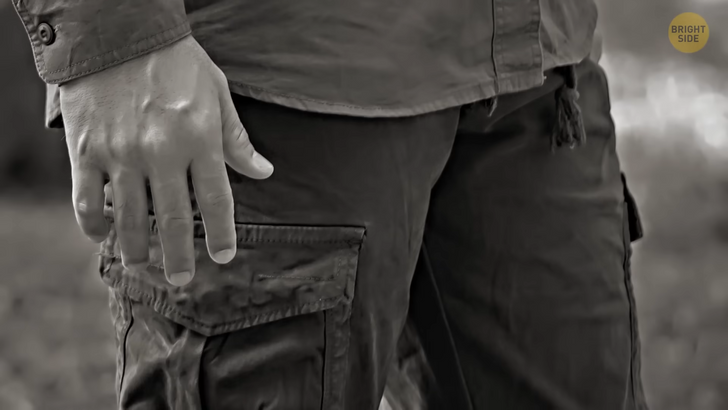
Speaking of airport security, the personnel also have lots of special instructions that may seem weird to everyone else. Let’s take these two lovely passengers here: Jane and Chris are traveling to visit Chris’s parents. Since she’s visiting her in-laws, Jane went a bit overboard with the preparations and even made a fancy hairstyle. Chris isn’t nearly as excited, so he went for a more casual look, putting on a pair of cargo pants.
Both of them will be labeled suspicious by the airport staff. And even though they are traveling together, they will go through a more thorough search for two completely different reasons! In Jane’s case, her look may be seen as questionable because of her hair. Intricate hairstyles can be the best hiding spots for dangerous objects. Like chewing gum? No? As for Chris, since cargo pants are baggy and have lots of hidden pockets, he may also be seen as shady and searched more thoroughly.
To fund all those complex security requirements, airports have a secret sponsor. And that could be you at one point! The Transportation Security Administration counted more than $870,000 in loose change left by passengers at airports all over the US. All the unclaimed money left by travelers is placed in a special account used to upgrade security operations.
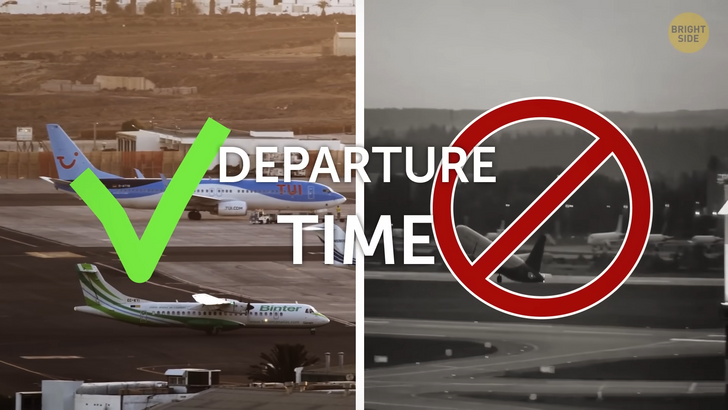
You should probably know these terms when you book your next flight: the departure time is the moment the flight leaves the gate, not the actual moment it takes off. The same goes for the arrival time — it’s when the plane reaches the boarding gate at the airport of destination, not the moment it lands. The time period between these two points is called the block time. So now you know.
Every time an airline needs to schedule a certain flight, it checks these factors: the size of the airport and how busy it is, if there are any connecting flights, the type of destination, and even if there are any flights of a competitor company. Not to mention the unexpected events, like a bad storm or some random construction project on the runway.
To get help with managing so many terms and factors, airlines use a calculation model named ’The Airline Schedule Planning.’ They use special software that analyzes the needed data — like the dates of the flight, the arrival and block time, the specific route, etc. This software then does all the work and suggests the perfect schedule for that flight.
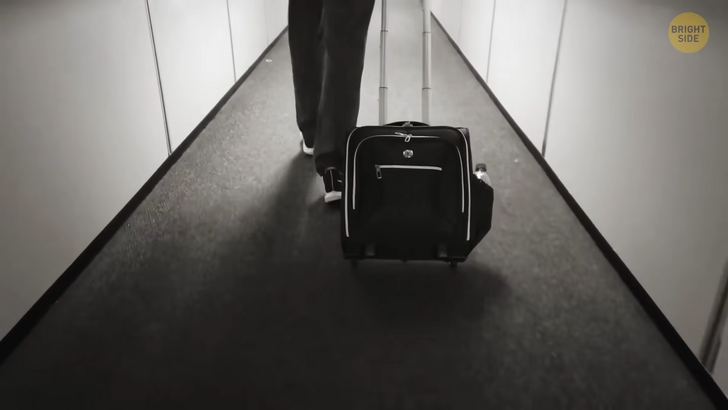
Since they get complaints from travelers all the time, airports need to get a bit more creative with their problem-solving — just like Houston airport did a while back. Passengers from different flights were complaining that the wait time for claiming their luggage was way too long. The airport didn’t hire more staff to help with unloading planes. They simply moved arrival gates further from the main terminal and started routing bags to carousels that were the farthest away from those gates. Since passengers had to spend more time walking over to get their bags, the complaints stopped.
Most airlines have a limit of 3.4 ounces for all liquids and liquid-like substances you can have in your carry-on. But there are some exceptions, like the one at the airport in Genoa, Italy, that has a special rule for pesto. Since the sauce is a local specialty, you’re allowed to carry a bit more on board if you make a donation to charity. It doesn’t end there: the pesto has to go through a special “pesto scanner” before you can travel with it. And if you complain, then you might be a pesto too.
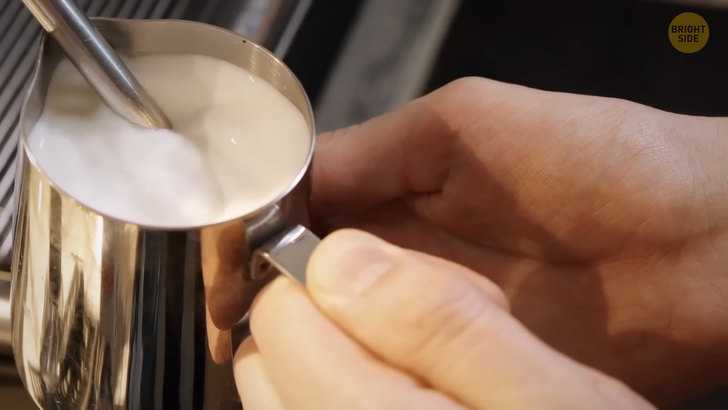
The biggest airport in the US — and the second-largest in the world — is Denver International Airport, which occupies an area of 53 square miles. That makes it larger than Manhattan, San Francisco, and Miami! The biggest airport in the world is now located in Dammam, Saudi Arabia, and covers almost 300 square miles. That’s about as big as the whole city of New York!
If you’re one of those people who travel a lot, you already know how exhausting it is. That’s why one company uses facial recognition software to help out tired travelers at airports. Each time a yawning person passes by, a special vending machine dispenses a free coffee. Oh, how thoughtful! You can find this useful mechanism at O.R. Tambo International Airport in South Africa. It’s worth the trip just for the free coffee. Almost.
It’s one of the world’s most challenging airports, and only 8 pilots are certified to land there. It’s called Paro International Airport in Bhutan — a landlocked country in the Eastern Himalayas. It’s dangerous not only because you’re literally flying through some of the world’s tallest mountain peaks but also because the runway is constructed in the mountain. And those 8 pilots have to consider strong winds, too. Despite the challenges, they manage to safely deliver over 30,000 people there each year. Um, do you get free coffee with that?


